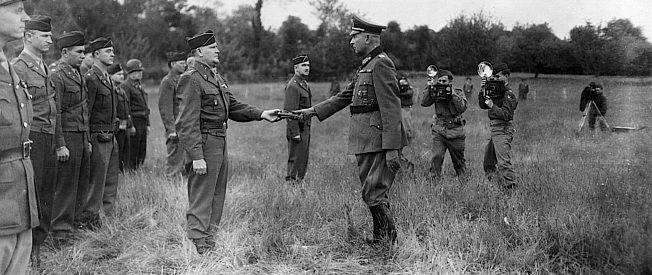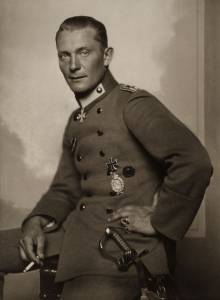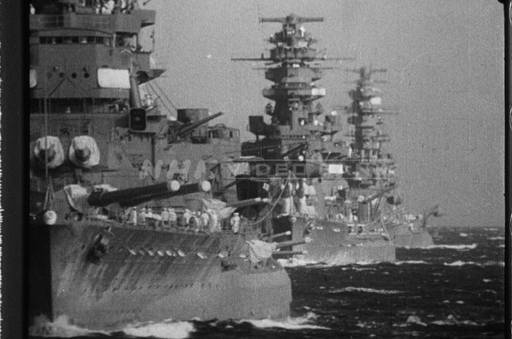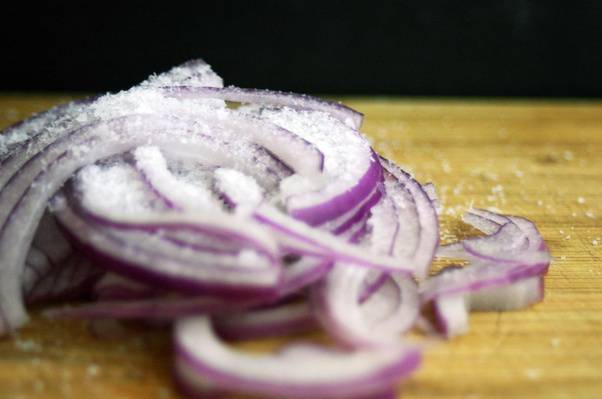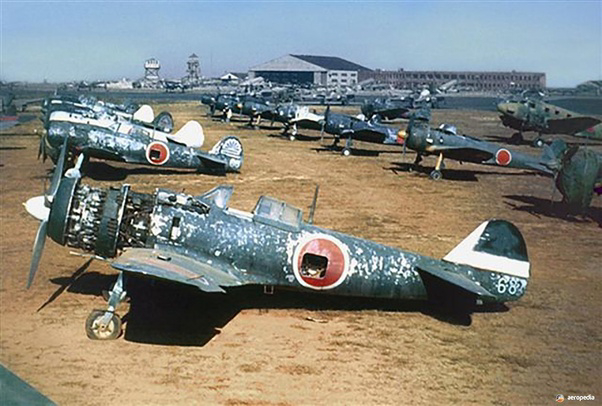

How good was the Ki-84 compared to the P-51 Mustang?
How good was the Ki-84 compared to the P-51 Mustang? The Nakajima Ki-84 “Hayate” (Allied reporting name “Frank”) and the North American P-51 Mustang were both highly effective fighters during World War II, but they had different design philosophies and strengths. Here’s a comparison between the two:
Performance and Speed
Ki-84: The Ki-84 was one of the fastest Japanese fighters, capable of reaching speeds around 392 mph (631 km/h). Its powerful Nakajima Ha-45 engine gave it good acceleration and a high rate of climb.
P-51 Mustang: The P-51D, the most common variant, had a maximum speed of around 437 mph (703 km/h). The P-51 was known for its excellent high-altitude performance, which was enhanced by its Packard-built Merlin engine. It also had impressive range, which was crucial for escort missions over Europe and the Pacific.
Maneuverability
Ki-84: The Ki-84 was highly maneuverable, benefiting from lightweight construction and responsive controls. It could out-turn most American fighters, especially at lower altitudes, where Japanese pilots often excelled.
P-51 Mustang: The P-51 was less maneuverable than the Ki-84 in low-speed dogfights but had good overall handling. It excelled at high-speed dives and turns, where it could hold an advantage over Japanese aircraft that typically performed better in slower engagements.
Firepower
Ki-84: The Ki-84 was armed with two 20 mm cannons and two 12.7 mm machine guns, making it capable of taking down heavily armored American bombers. Later versions also carried two 30 mm cannons, giving it a powerful punch.
P-51 Mustang: The P-51D was equipped with six .50 caliber (12.7 mm) Browning machine guns, which provided a balance of firepower and ammunition capacity. It was effective against both enemy fighters and ground targets.
Durability and Build Quality
Ki-84: The Ki-84 suffered from issues with production quality due to material shortages and rushed wartime construction. This led to inconsistent performance and reliability, particularly with its engine and hydraulics. However, when properly maintained, it was a formidable aircraft.
P-51 Mustang: The Mustang was well-built, with a reputation for durability and reliability. It could take significant battle damage and still return to base, which was crucial for long-range escort missions. Its overall construction was superior to most late-war Japanese fighters.
Operational Role
Ki-84: The Ki-84 was primarily used as a frontline interceptor and air superiority fighter. It was effective against both American fighters and bombers but often operated in environments with limited resources.
P-51 Mustang: The P-51 was a long-range escort and air superiority fighter, excelling in bomber escort missions deep into enemy territory. It was also versatile, used for ground-attack missions later in the war.
Overall Comparison
Ki-84 vs. P-51 Mustang: In terms of raw dogfighting capability, the Ki-84 could match or even outperform the P-51 at low to medium altitudes, thanks to its maneuverability and strong armament. However, the P-51’s superior speed, range, durability, and high-altitude performance gave it a decisive edge in most combat scenarios, especially in the strategic missions it was tasked with. The Mustang’s production quality and operational range allowed it to dominate in a variety of roles, whereas the Ki-84 struggled with reliability issues and lacked the versatility of the P-51.
In a direct engagement, the outcome would depend on altitude, pilot skill, and specific mission requirements, but overall, the P-51 was more effective as a multi-role aircraft and more influential in shaping the air war.
